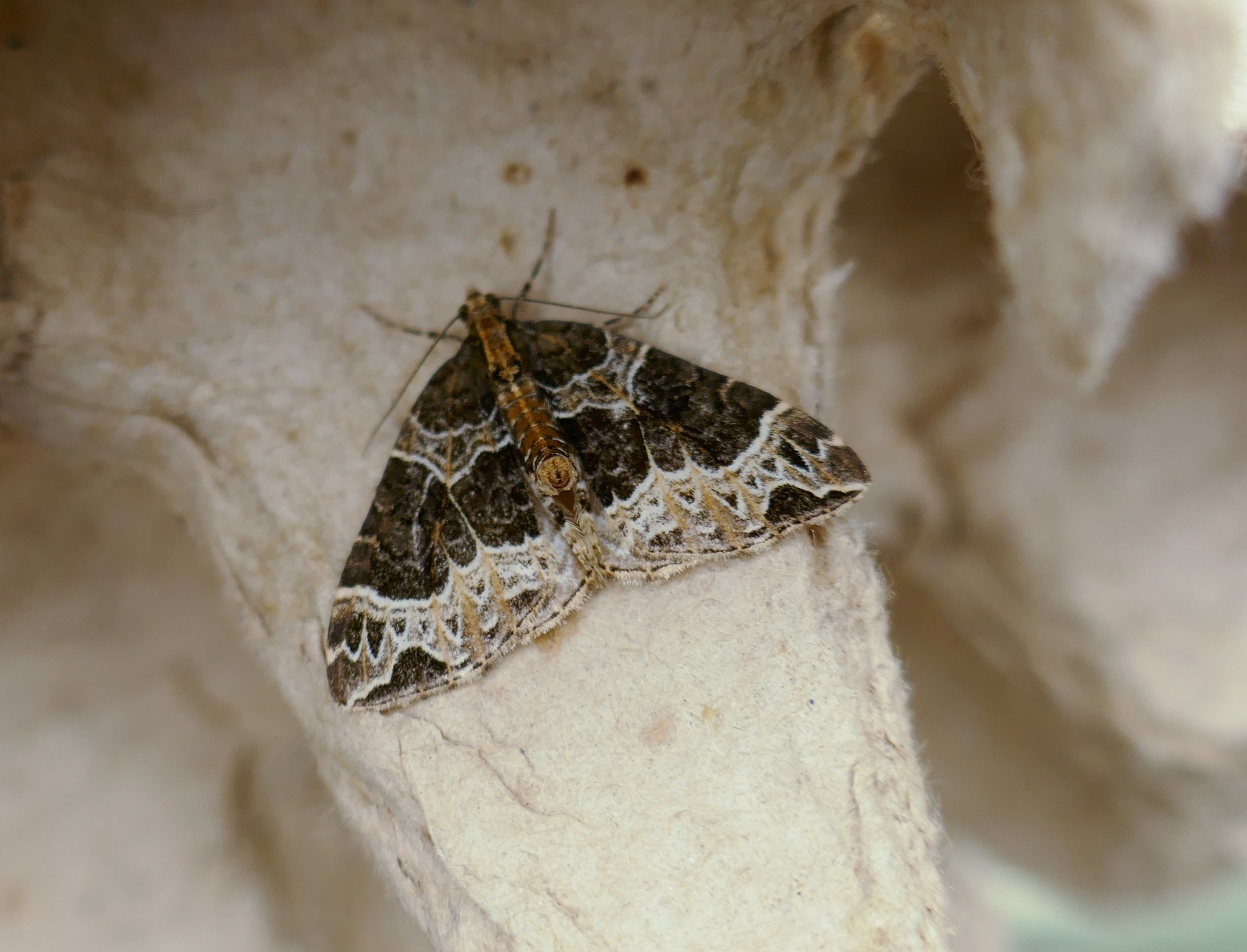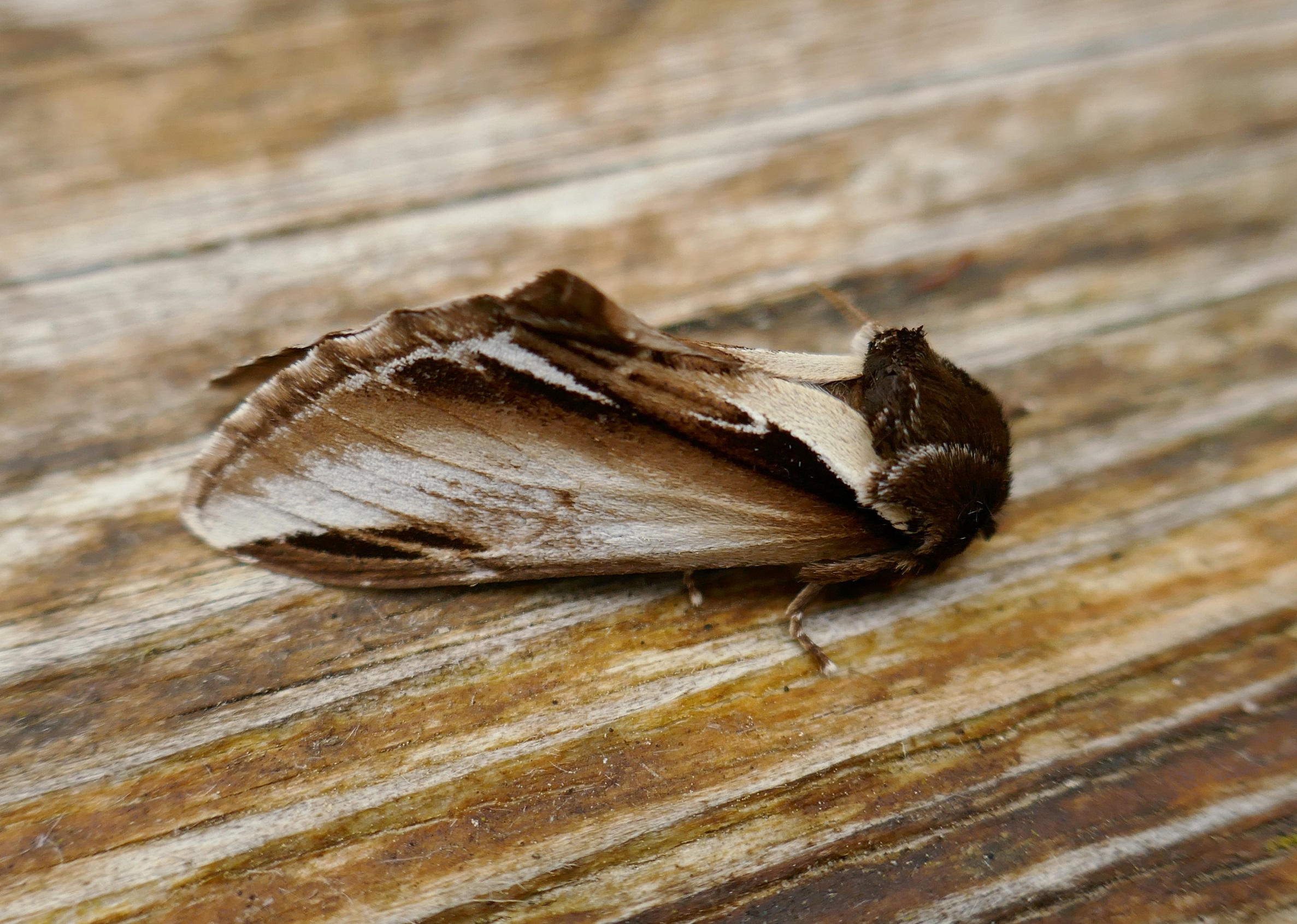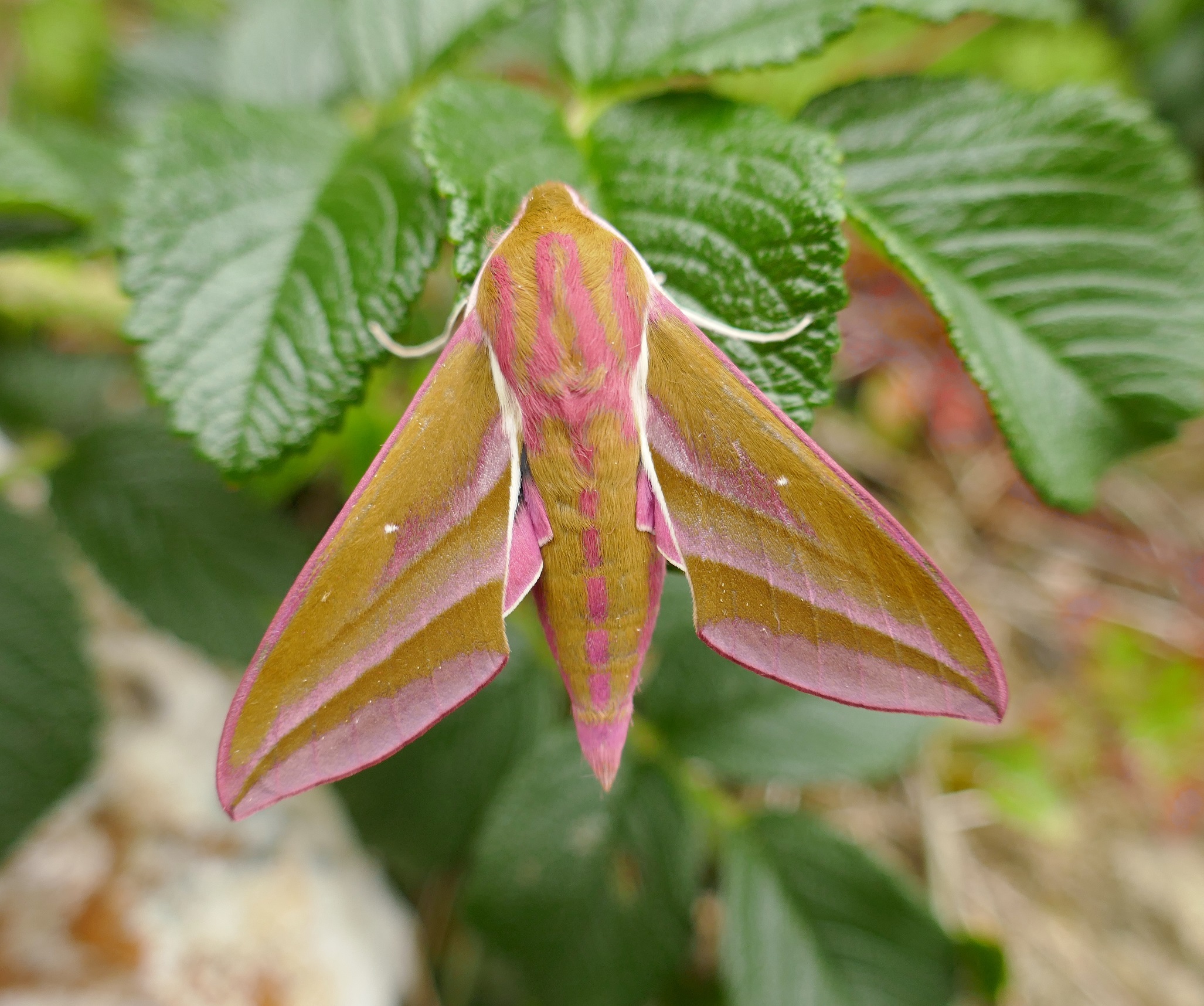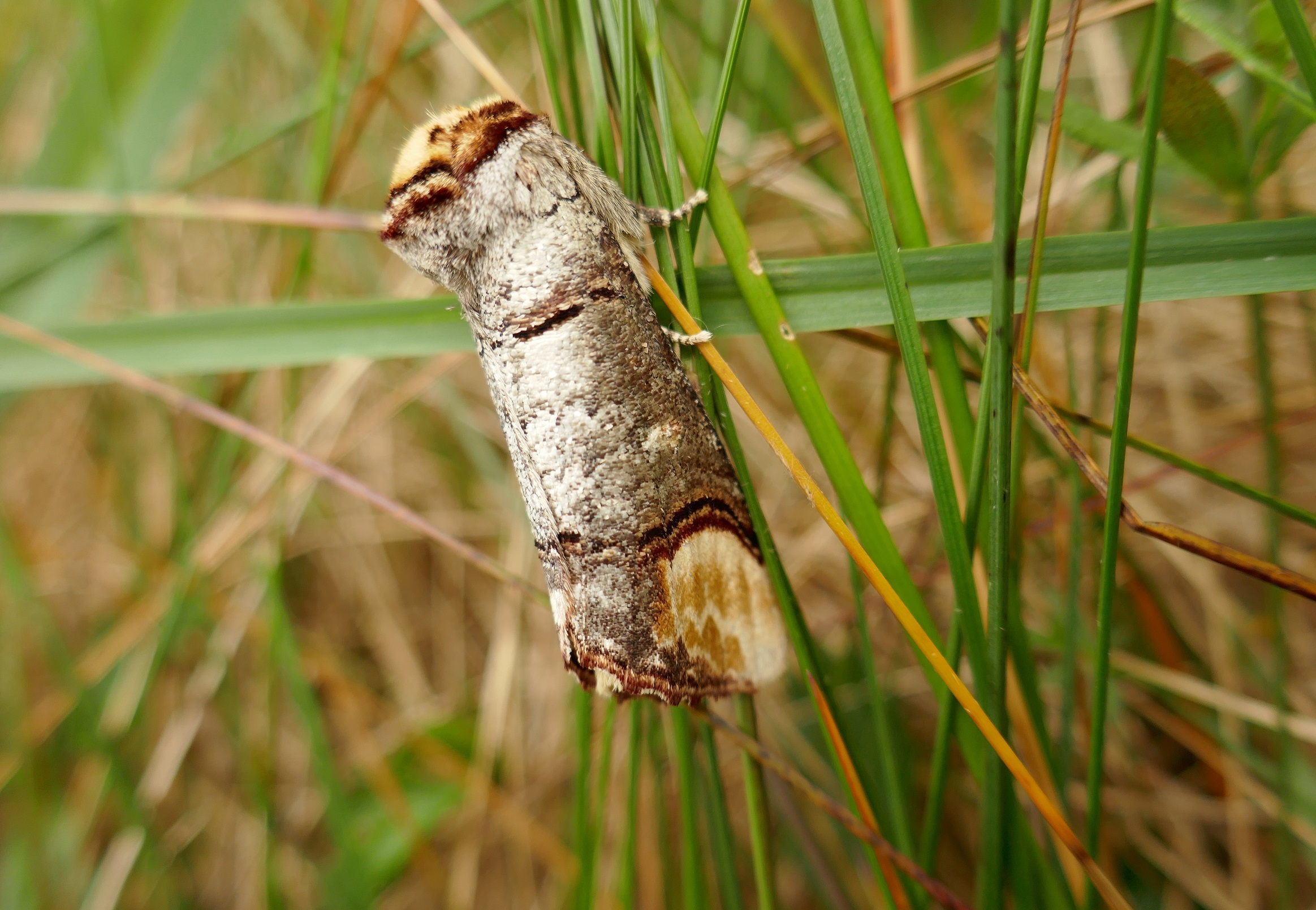Preparation for the moth morning on Saturday June 4th began months ago, when we did some preliminary trapping on Eddie and Denise Smyth’s farm which lies just south of the Grand Canal near Umeras Bridge, in County Kildare.
Results showed what we expected; an abundance and range of moths in rich habitats. The farm contains scrub, species-rich wet grassland, tree lines, and a garden with flower beds and borders.
The traps were set on Friday, and we noted the sky was clear, not a great sign for moth activity unless it is very warm. The morning was cool with a breeze that was not strong but certainly with a bite.
On the plus side, the traps were set in sheltered spots so we had our hopes. Our moth enthusiasts were led by Philip Strickland, BCI’s moth specialist. We carefully inspected the area around the trap for moths that settled close by, a habit of some species attracted by light but only occasionally enter traps.
While abundance was suppressed by the weather conditions, the moths of the area were well represented, with real beauties making an appearance, such as Cinnabar moth, Buff-tip, Elephant and Poplar Hawkmoths, White and Buff Ermines, and less showy stalwarts including Small Square-spot, Clouded Bordered Brindle, Clouded Brindle and Brown Rustic. Plenty of micro-moths were tucked into the egg cartons that line the interior of the traps, much there to interest Philip, who has found a number of species previously unknown in Ireland.
Pale-shouldered Brocade was especially numerous, probably because of the abundance of willow, and Green Carpet and Seraphim were also in evidence. A species that excited admiration was the Eyed Hawkmoth, a large and dramatic species whose polychromatic hindwing uppersides deliver a striking foil to the cryptic bark-blending forewing uppersides.
Our group was then treated to the warmth of Eddie and Denise Smyth’s hospitality, when we were seated indoors for our post-moth tea and snacks. Conversations about our nation’s biodiversity flowed, and hopefully new contacts and ideas were generated. I enjoyed the event enormously, as did everyone else.
Butterfly Conservation Ireland thanks all who took part, especially Denise and Eddie for hosting our event.
Photos J. Harding








